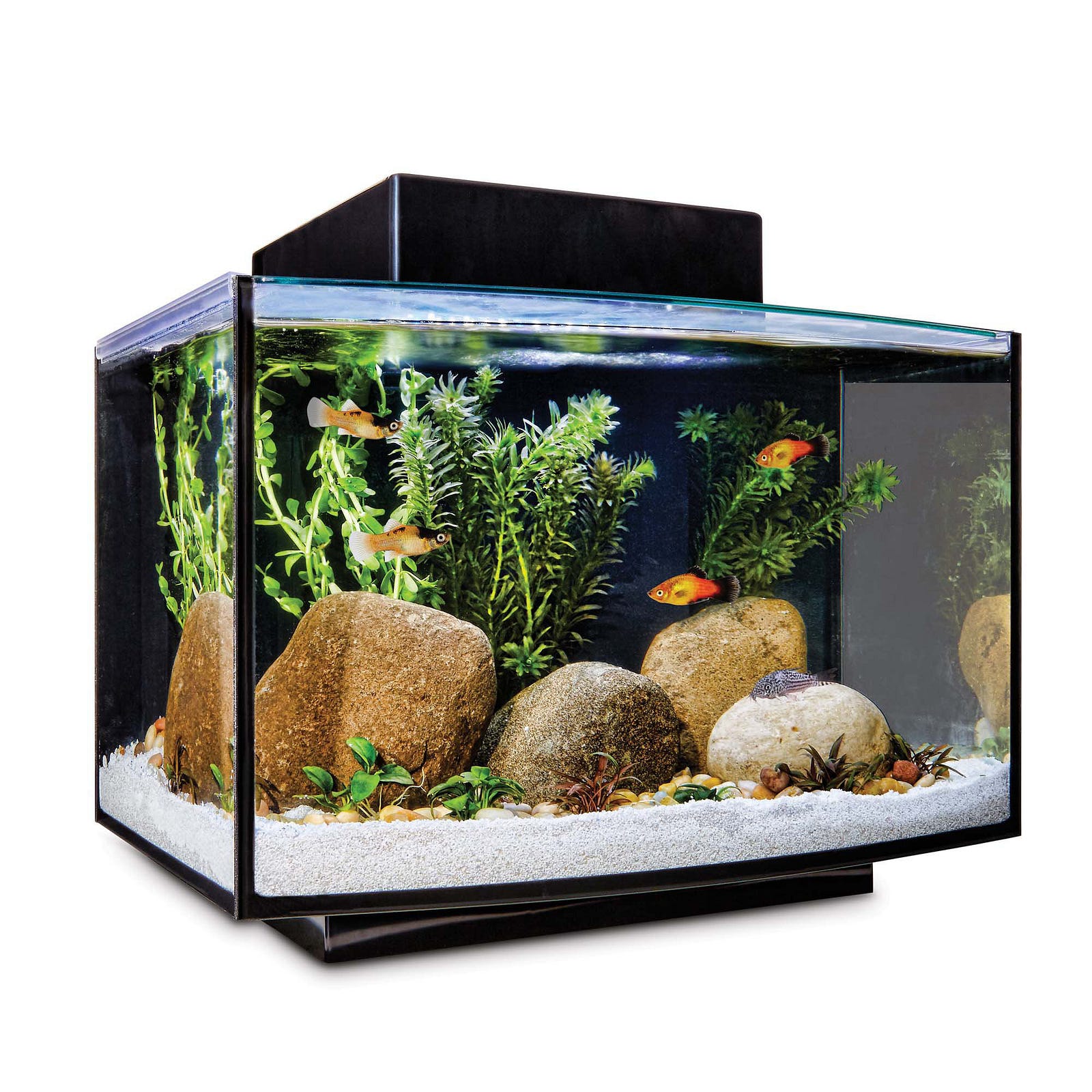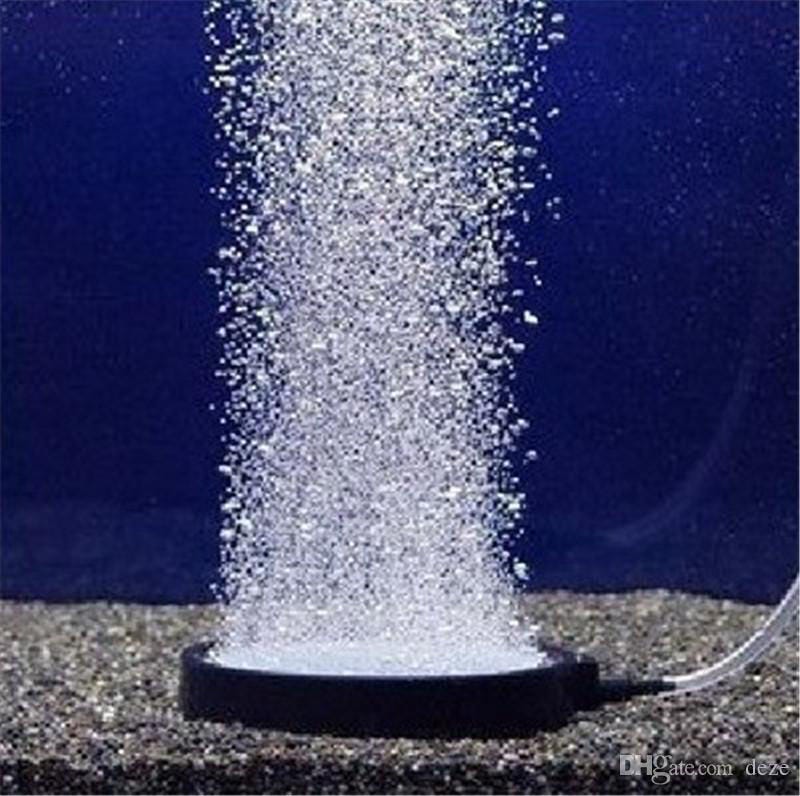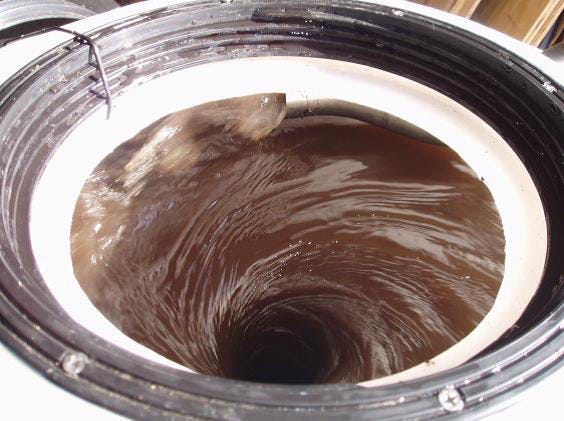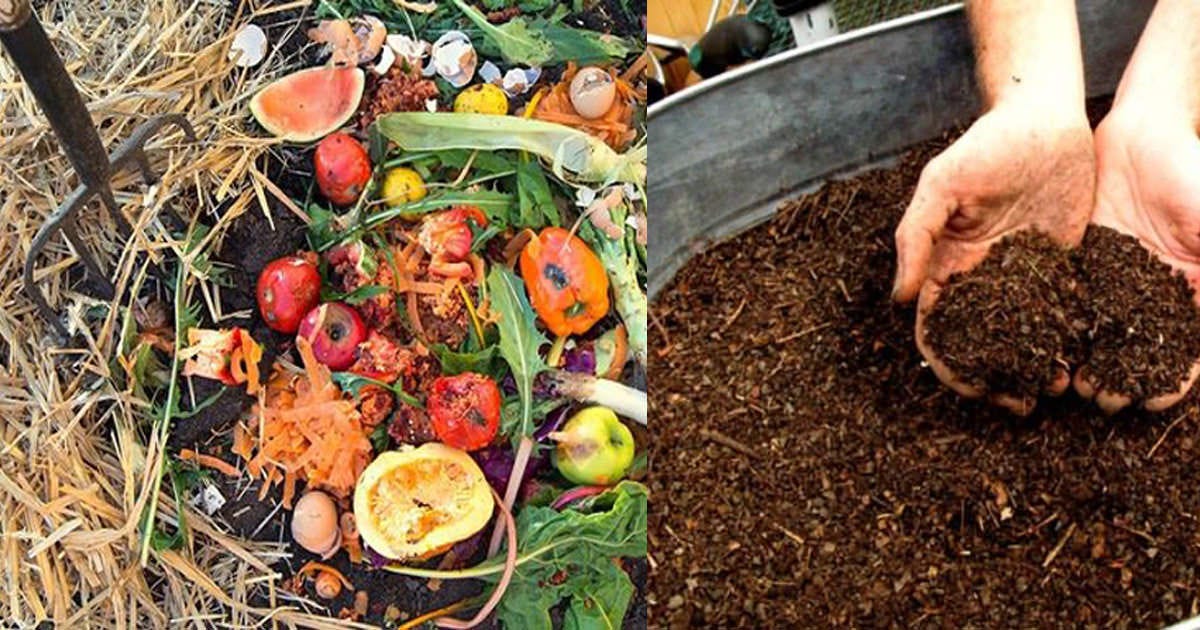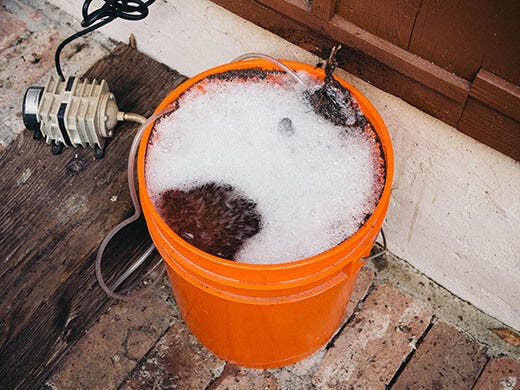Green_256
What's a SIP?
OK so I came across this on another site, and I thought it was a great read, with tons of info, so I'll post the link below, and go ahead an copy and past the whole thing, so no one has to go anywhere! hope you guys enjoy it as much as I have!
LINK...
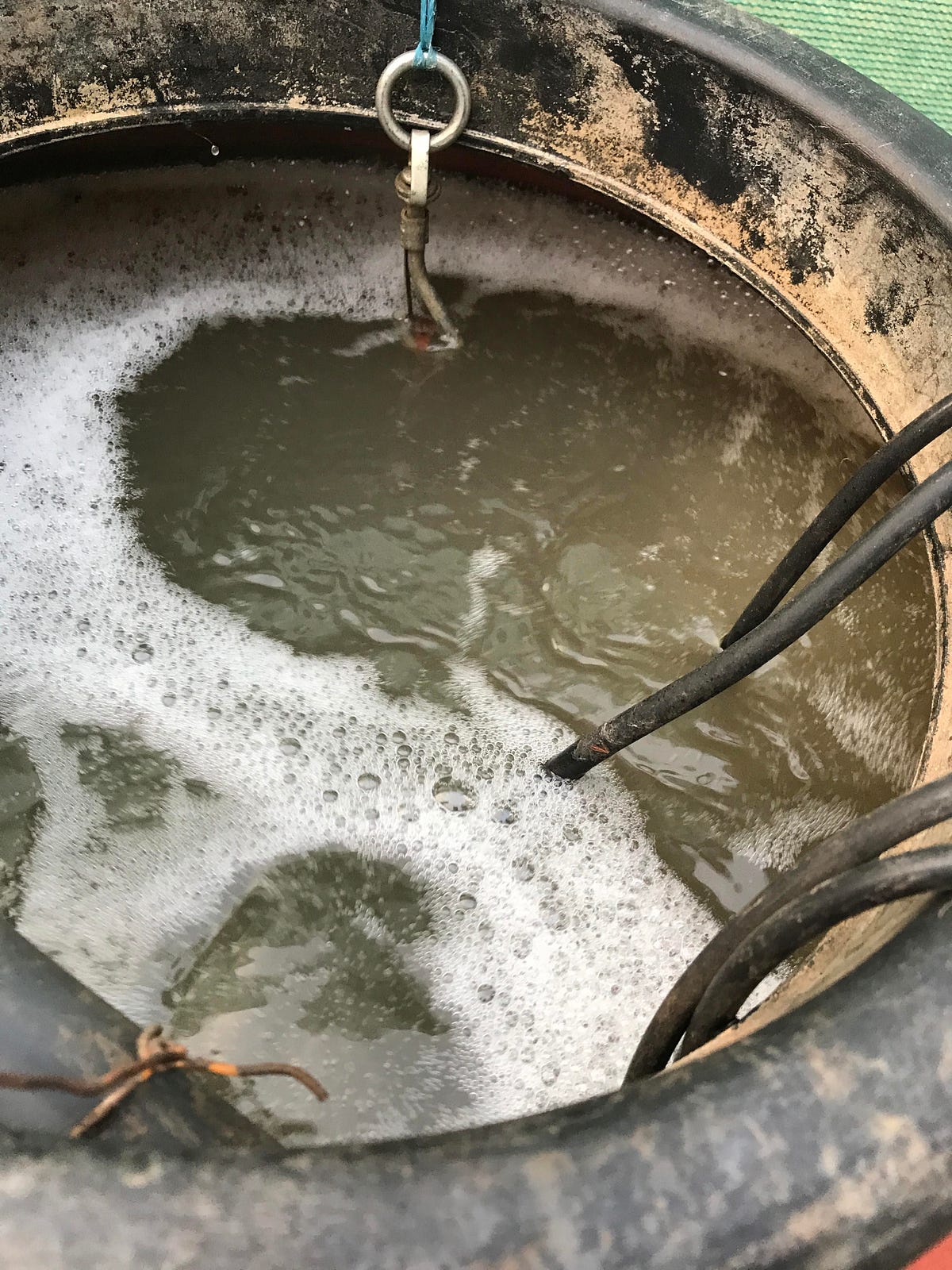
PART 1
THE ULTIMATE GUIDE TO BREWING COMPOST TEA
What Is Compost Tea?

Compost tea is a living solution. It is a process that involves growing soil micro-organisms, or microbes, found in healthy soil and compost by aerating water in the presence of organic microbe foods.
All of these components play key roles in creating optimal conditions for aerobic microorganisms to grow and replicate. This is the goal of what is called Actively Aerated Compost Tea (AACT).
Microbes perform the vital function of creating soil, this does not just happen. Tending a compost pile concentrates this natural process, and compost tea concentrates the process even further. Performing the process of brewing compost tea is simple and a very effective way to increase the diversity and biomass of beneficial aerobic microbesin the soil and on the leaf surface of crops.
Think of soil microbes like construction workers. Your job as the contractor is to consistently bring them to the job site so that they may build the neighborhood. Once the neighborhood is built it takes on a life of its own and the soil will be working for you, mitigating pests and disease, and reducing the need to irrigate and fertilize to support growth.
What is the Soil Food Web?
Soil microbes are comprised of bacteria, fungi, protozoa, and nematodes. Together with the macro-organisms like earthworms, rolly polly’s, spiders, etc. they make up what is called the “soil food web”.

The soil food web, like any food web, works through what are called “trophic levels”, or life levels. In other words, the big fish eats the small fish.
Another good analogy to understand how important soil microbes is to consider the soil food web like you would all of the fish and organisms in the ocean. Think of bacteria as the plankton, and the larger nematodes as the sharks. Apex predators like sharks only appear in mature ecosystems, and the average landscape or garden does not have mature soil, and therefore does not have the higher organisms present. This is the source of common landscape and garden pest and disease issues — there is simply nothing there to eat what is eating your plant.
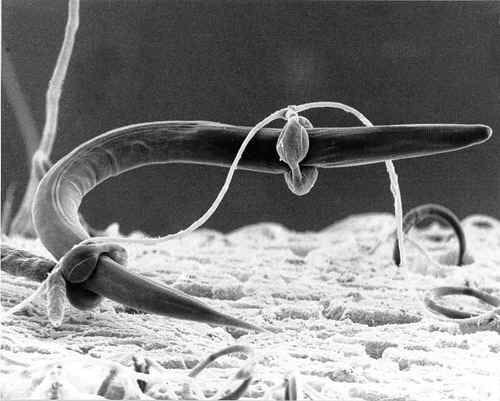
What would happen if you took all of the plankton out? Life as we know it would end. This lack of life is the state of the average conventional landscape, garden, and farm, and compost tea is a simple way of bringing back life so it can seek its own balance in the soil.
Much of the reason we take microbes for granted is we cannot see them. Some stats:
Microbes are small. Up to 500,000 bacteria can fit in the period of the exclamation point at the end of this sentence! There’s another universe down under your feet!
Microbes are magical. Humans cannot accomplish the vital processes undertaken to create health soil. The soil food web not only creates perfect plant food, but they help plants eat it and protect them from stress, pests, and disease. Plus they work as Nature’s recycler to mitigate contaminants and environmental toxins.
Microbes are abundant. A teaspoon of native grassland soil contains 600–800 million bacteria comprising ~10,000 species, plus approximately 5,000 species of fungi, the mycelia of which could be stretched out for several miles. In the same teaspoon, there may be 10,000 individual protozoa of over 1,000 species, plus 20–30 different nematodes from as many as 100 different species.
LINK...

PART 1
THE ULTIMATE GUIDE TO BREWING COMPOST TEA
What Is Compost Tea?

Compost tea is a living solution. It is a process that involves growing soil micro-organisms, or microbes, found in healthy soil and compost by aerating water in the presence of organic microbe foods.
All of these components play key roles in creating optimal conditions for aerobic microorganisms to grow and replicate. This is the goal of what is called Actively Aerated Compost Tea (AACT).
Microbes perform the vital function of creating soil, this does not just happen. Tending a compost pile concentrates this natural process, and compost tea concentrates the process even further. Performing the process of brewing compost tea is simple and a very effective way to increase the diversity and biomass of beneficial aerobic microbesin the soil and on the leaf surface of crops.
Think of soil microbes like construction workers. Your job as the contractor is to consistently bring them to the job site so that they may build the neighborhood. Once the neighborhood is built it takes on a life of its own and the soil will be working for you, mitigating pests and disease, and reducing the need to irrigate and fertilize to support growth.
What is the Soil Food Web?
Soil microbes are comprised of bacteria, fungi, protozoa, and nematodes. Together with the macro-organisms like earthworms, rolly polly’s, spiders, etc. they make up what is called the “soil food web”.

The soil food web, like any food web, works through what are called “trophic levels”, or life levels. In other words, the big fish eats the small fish.
Another good analogy to understand how important soil microbes is to consider the soil food web like you would all of the fish and organisms in the ocean. Think of bacteria as the plankton, and the larger nematodes as the sharks. Apex predators like sharks only appear in mature ecosystems, and the average landscape or garden does not have mature soil, and therefore does not have the higher organisms present. This is the source of common landscape and garden pest and disease issues — there is simply nothing there to eat what is eating your plant.

What would happen if you took all of the plankton out? Life as we know it would end. This lack of life is the state of the average conventional landscape, garden, and farm, and compost tea is a simple way of bringing back life so it can seek its own balance in the soil.
Much of the reason we take microbes for granted is we cannot see them. Some stats:
Microbes are small. Up to 500,000 bacteria can fit in the period of the exclamation point at the end of this sentence! There’s another universe down under your feet!
Microbes are magical. Humans cannot accomplish the vital processes undertaken to create health soil. The soil food web not only creates perfect plant food, but they help plants eat it and protect them from stress, pests, and disease. Plus they work as Nature’s recycler to mitigate contaminants and environmental toxins.
Microbes are abundant. A teaspoon of native grassland soil contains 600–800 million bacteria comprising ~10,000 species, plus approximately 5,000 species of fungi, the mycelia of which could be stretched out for several miles. In the same teaspoon, there may be 10,000 individual protozoa of over 1,000 species, plus 20–30 different nematodes from as many as 100 different species.
- Microbes are extraordinarily prolific.According to the book Secrets of the Soil, a single microbe reaching maturity and dividing within less than half an hour, can, in the course of a single day, grow into 300 million more, and in another day to more than the number of human beings than have ever lived. In four days of unlimited growth, bacteria can outnumber all of the protons and even the quarks estimated by physicists to exist within the entire universe.
Last edited:

